Bridge Construction
Overview
This project involved rebuilding a damaged wooden bridge over a stream to support vehicle traffic. The work included removing the old structure, designing a replacement, sourcing appropriate materials, and carrying out construction.
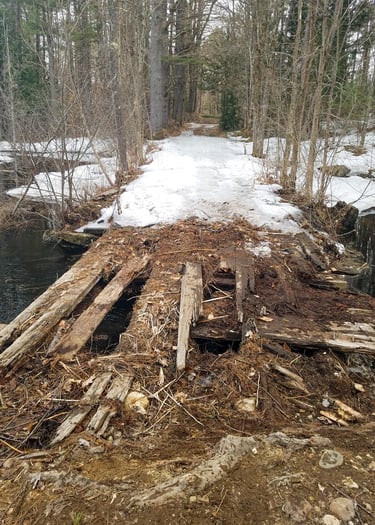

Figure 1: Wooden Bridge to be Replaced
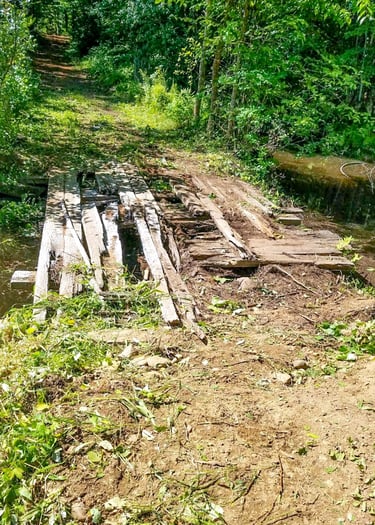



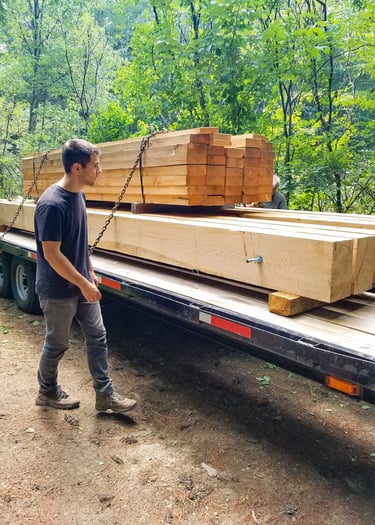

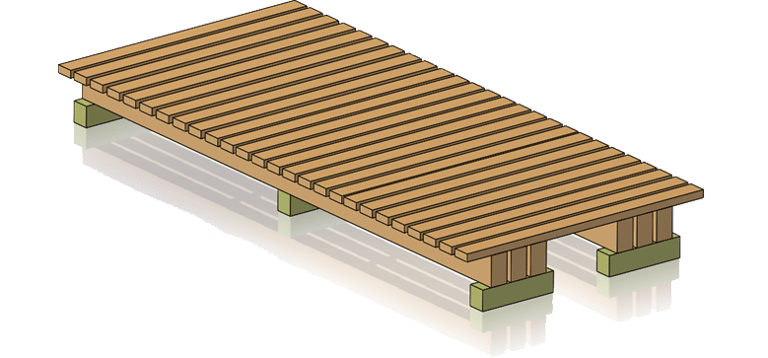

Figure 6: Laying the Support Beams

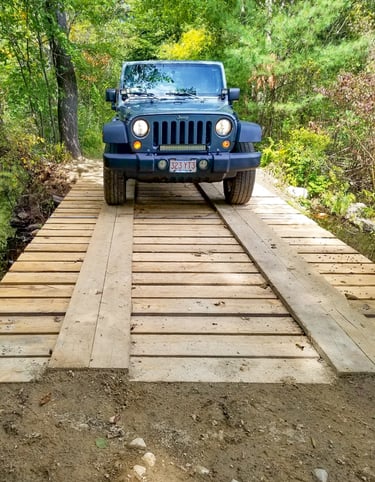
Figure 8: Completed Bridge
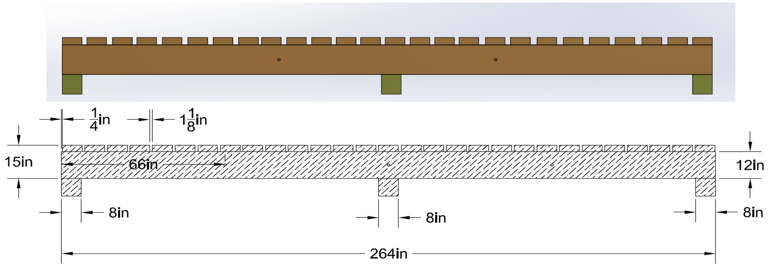

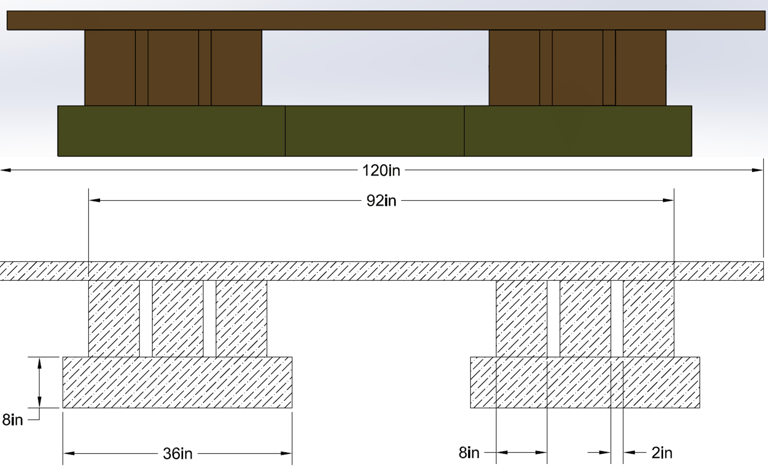

Figure 2: Isometric View — CAD
Figure 3: Side View — CAD
Figure 4: Front View — CAD


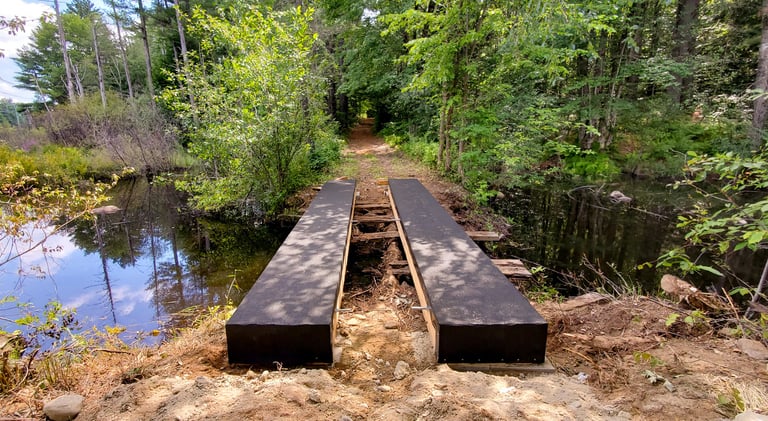

Figure 7: Ice and Water Shield Application
Figure 5: Material Transport
Takeaway
Years later, the bridge remains structurally sound, unaffected by changing river levels and continued vehicle traffic. It was a unique and rewarding project that combined engineering design with hands-on construction.
Design and Structural Challenges
A key challenge was designing a bridge that was structurally sound yet practical to build and transport. It was important that material selection ensured longevity against exposure to the elements. The final design used two sets of three grouped 8"x12" hemlock beams as the primary supports. These were chosen for their high strength and resistance to wet/dry cycles. Cross treads were then installed over the beams to complete the deck. For the footings, concrete blocks were placed at the river’s edge, backfilled with soil, and capped with pressure-treated lumber to support the beams.
Environmental and Logistical Considerations
Stream behavior presented another challenge. The bridge needed to withstand rising water levels without floating or being swept away. To address this, the bridge deck height was set above the 100-year flood level. In addition, the project required securing environmental approvals from the town, coordinating light machinery for placement, and selecting appropriate tools for assembly.
To streamline installation, the primary support beams were partially assembled prior to transport, simplifying the work required on construction day. Each set of beams were grouped using spacer blocks and long threaded rods.
